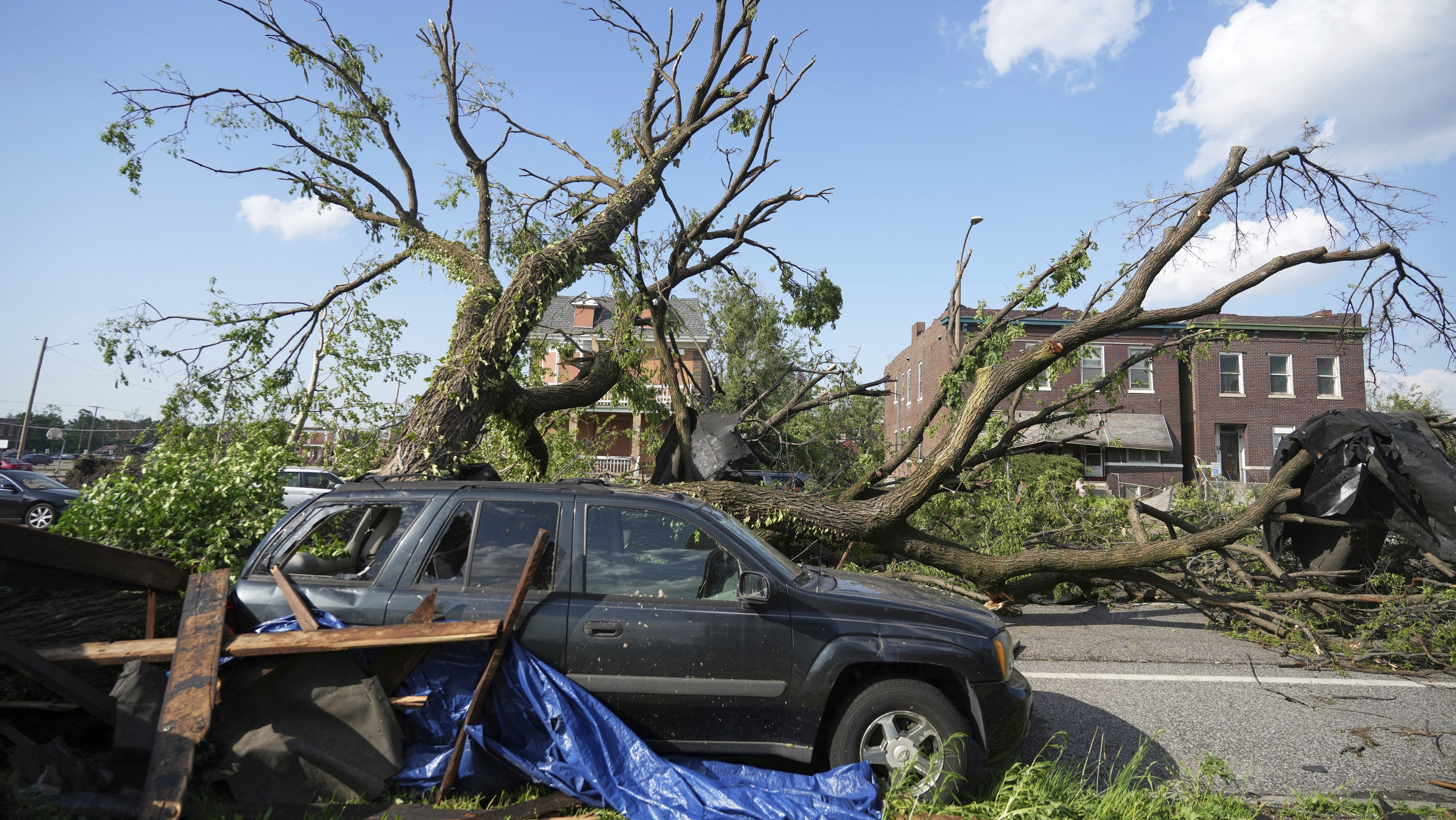WNBA 2026 Free Agency: Chaos or New Dynasty?
WNBA's 2026 Free Agency Frenzy: A Looming Player Shuffle?
Introduction: The Calm Before the Storm?
WNBA training camps are buzzing with activity, the squeak of sneakers and the shouts of coaches echoing through the gyms. But amidst the drills and scrimmages, a different kind of anticipation is building. All eyes, it seems, are already drifting towards the 2026 season. Why? Because it's shaping up to be a free agency period unlike anything the league has ever seen. Picture this: over 100 players potentially hitting the market, including a massive chunk of the league's elite. Is this the dawn of a new era in the WNBA, or a recipe for organized chaos?
The 2026 Free Agency Landscape: A Shifting Power Dynamic
The numbers don't lie. Nearly all of the WNBA’s top players *could* be available. We're talking about potentially losing key players to other franchises. This could drastically alter the competitive balance of the league. For some teams, it's a chance to build a superteam. For others, it's a nightmare scenario of losing their stars.
Unrestricted Free Agency: The Wild West
The term "unrestricted free agent" is music to some players' ears. It means they have complete control over their destiny. They can sign with whichever team offers them the best combination of salary, location, and championship potential. For general managers, it's like navigating the Wild West – you have to be quick, decisive, and willing to make bold moves.
GM's Perspective: Navigating the Unknown
According to Atlanta Dream general manager Dan Padover, the impending free agency is definitely on everyone's radar. “It’s a fact that the majority of veterans will be unrestricted free agents after this season based on current contracts. It’s unclear if that will equate to a ton of player movement,” he said. “But everything is set up that it could be the most player movement in WNBA history. I think every franchise is looking at it differently."
Priority Number One: Taking Care of Your Own
Padover also emphasized the importance of retaining their own players: “Our most important priority is taking care of our Dream players in 2025 and beyond.” This is a sentiment echoed by GMs across the league. Loyalty counts, but so does winning. The challenge is balancing both.
The "Win Now" Mentality vs. Future Planning
On one hand, teams are laser-focused on winning a championship *now*. They're making trades, signing free agents, and developing young talent to compete for the title. On the other hand, the uncertainty of the 2026 free agency is forcing them to think long-term. Can they afford to make a big move *now* that could hamstring them in the future? It's a delicate balancing act.
Sleepless Nights for Front Offices
The pressure is mounting. The uncertainty of what "beyond" looks like is keeping front office staff around the league up at night. Every decision is being scrutinized through the lens of 2026. One wrong move could set a franchise back for years.
Potential Player Movement: Who's on the Move?
With so many stars potentially available, the possibilities are endless. We could see established duos breaking up, new superteams forming, and underperforming franchises making a splash. But who are the most likely candidates to change teams?
Key Free Agents to Watch
While it's too early to predict with certainty, several players stand out as potential difference-makers. The 20 All-Stars from last season immediately come to mind, their decisions potentially reshaping the competitive landscape of the WNBA. Their value stems not only from talent, but also from brand and sponsorship opportunities for their new teams.
Impact on Team Strategies: Rebuild, Reload, or Re-sign?
Each team will approach the 2026 free agency with a different strategy. Some will choose to rebuild from the ground up, focusing on young talent and draft picks. Others will try to reload, adding a few key veterans to a solid core. And some will prioritize re-signing their own players, hoping to maintain continuity and build a lasting dynasty.
The Rebuild Route: A Fresh Start
For teams that are struggling, a rebuild might be the best option. This involves trading away veteran players for draft picks and young prospects. It's a long-term strategy, but it can ultimately lead to sustained success. But do fans have the patience for it?
The Reload Approach: Quick Fixes
Teams that are close to contention might choose to reload. This involves adding a few key free agents to address specific needs. It's a riskier strategy than a rebuild, but it can pay off with a championship in the short term.
The Re-sign Strategy: Building a Dynasty
The most stable approach is to re-sign your own players. This requires building a strong team culture and offering competitive contracts. It's not always possible to keep everyone, but maintaining a core group of players can lead to long-term success.
The Ripple Effect: How Free Agency Impacts the Entire League
The 2026 free agency won't just affect the teams that are directly involved. It will have a ripple effect throughout the entire league. Smaller market teams may face challenges competing with larger markets for top talent. It could also impact player salaries, potentially leading to a more even distribution of wealth. No matter what, it will affect the viewership.
Elevating the WNBA: Increased Attention and Excitement
Despite the potential for chaos, the 2026 free agency could be a positive for the WNBA. It will generate more attention and excitement around the league, attracting new fans and increasing viewership. It's a chance for the WNBA to shine on a national stage.
Long-Term Implications: A New Era of Player Empowerment?
The 2026 free agency could usher in a new era of player empowerment in the WNBA. With so many players potentially on the move, they will have more leverage than ever before. This could lead to improved working conditions, better benefits, and a greater say in the direction of the league. It is a shift of power towards the athletes, and that could change the league forever.
Conclusion: Brace Yourselves, WNBA Fans
The WNBA landscape is about to undergo a seismic shift. With the 2026 free agency looming, teams are strategizing, players are weighing their options, and fans are eagerly anticipating what's to come. While the focus for now is on the current season and chasing a championship, the future is undeniably on everyone's minds. Get ready for a wild ride, WNBA fans. The league could look drastically different just two seasons from now!
Frequently Asked Questions
Here are some common questions regarding the upcoming WNBA free agency in 2026:
- Why is the 2026 free agency considered so important?
The 2026 free agency is significant because a large number of veteran players' contracts are expiring, potentially leading to unprecedented player movement and shifting the balance of power within the WNBA.
- What does it mean for a player to be an "unrestricted free agent"?
An unrestricted free agent has the freedom to sign with any team in the league that offers them a contract, giving them significant control over their career choices.
- How will the 2026 free agency impact smaller market WNBA teams?
Smaller market teams may face challenges competing with larger market teams for top free agents due to factors like higher salaries and greater sponsorship opportunities in bigger cities.
- What strategies are WNBA teams likely to employ in preparation for the 2026 free agency?
Teams may adopt different strategies, including rebuilding with young talent, reloading with key free agent signings, or prioritizing re-signing their current players to maintain team stability.
- Could the 2026 free agency lead to increased player empowerment in the WNBA?
Yes, with a large number of players potentially available, the 2026 free agency could give players more leverage in negotiating contracts and influencing decisions related to their careers and the future of the league.

